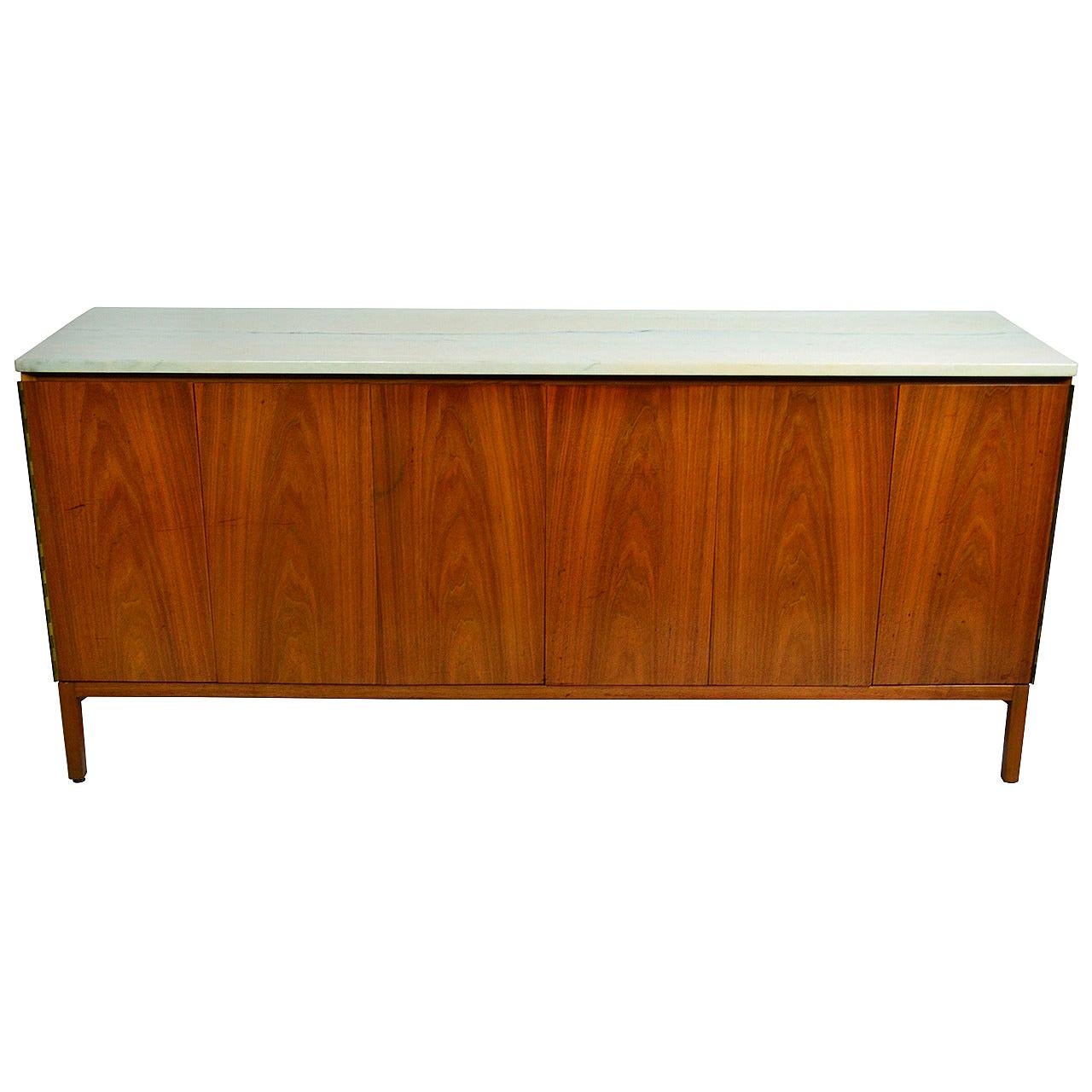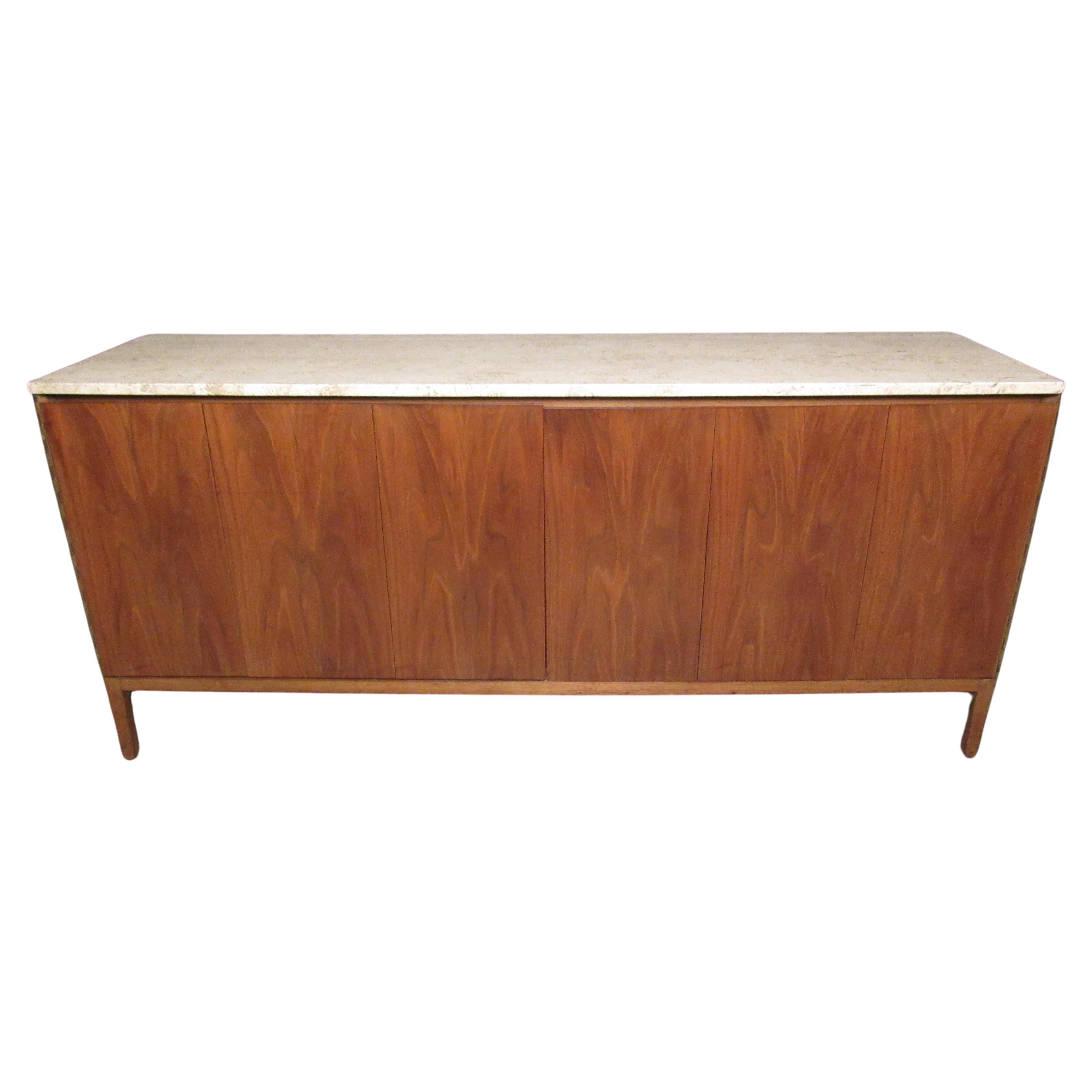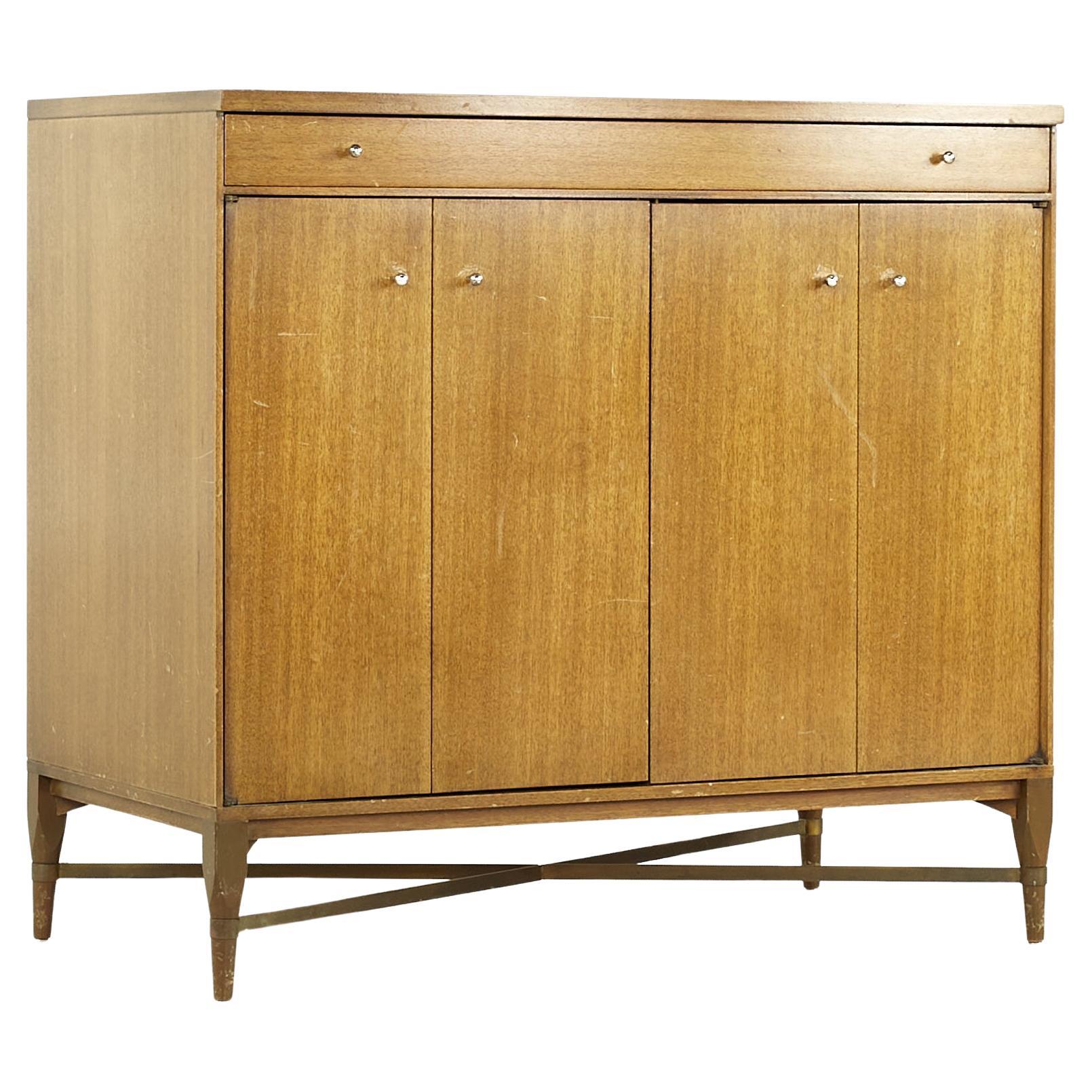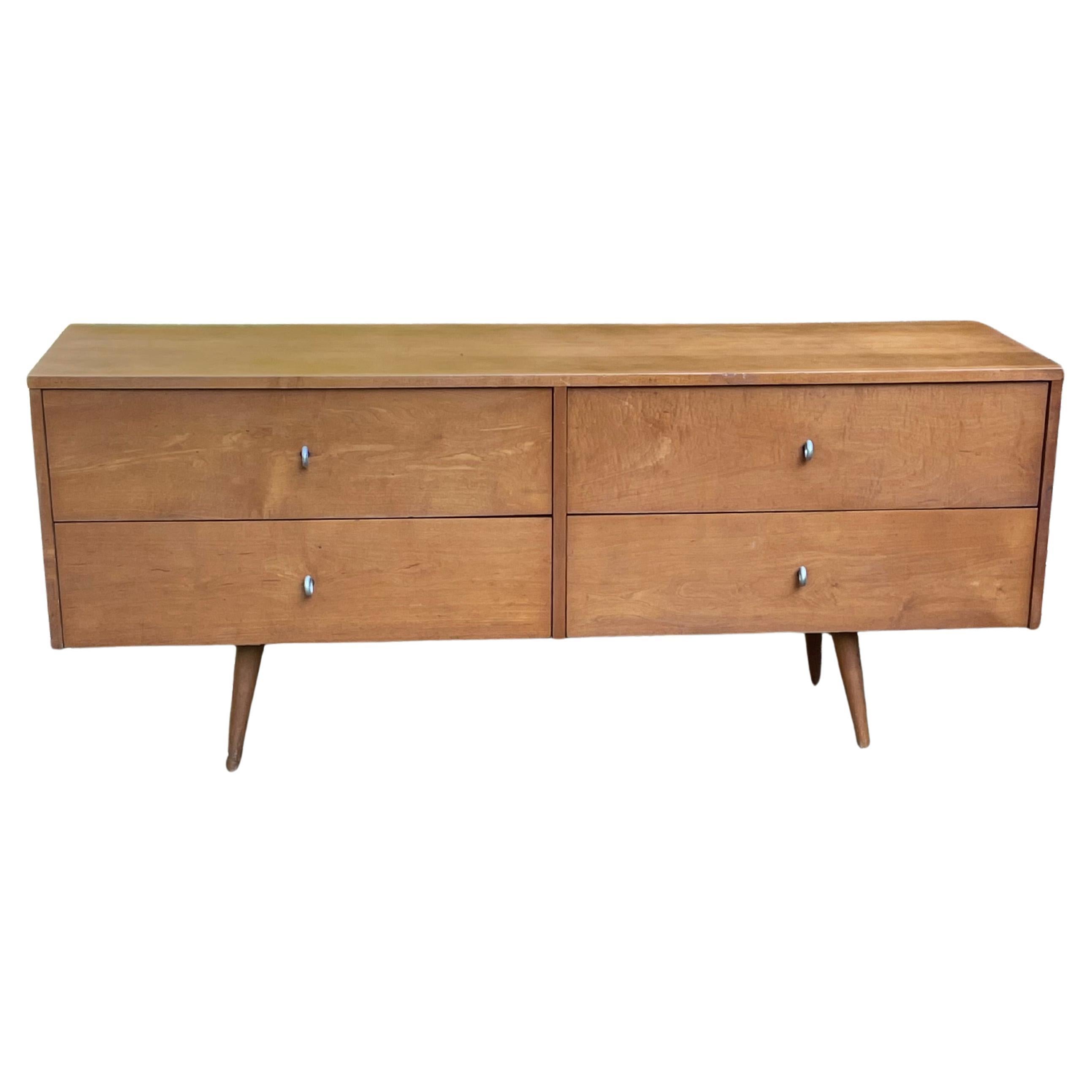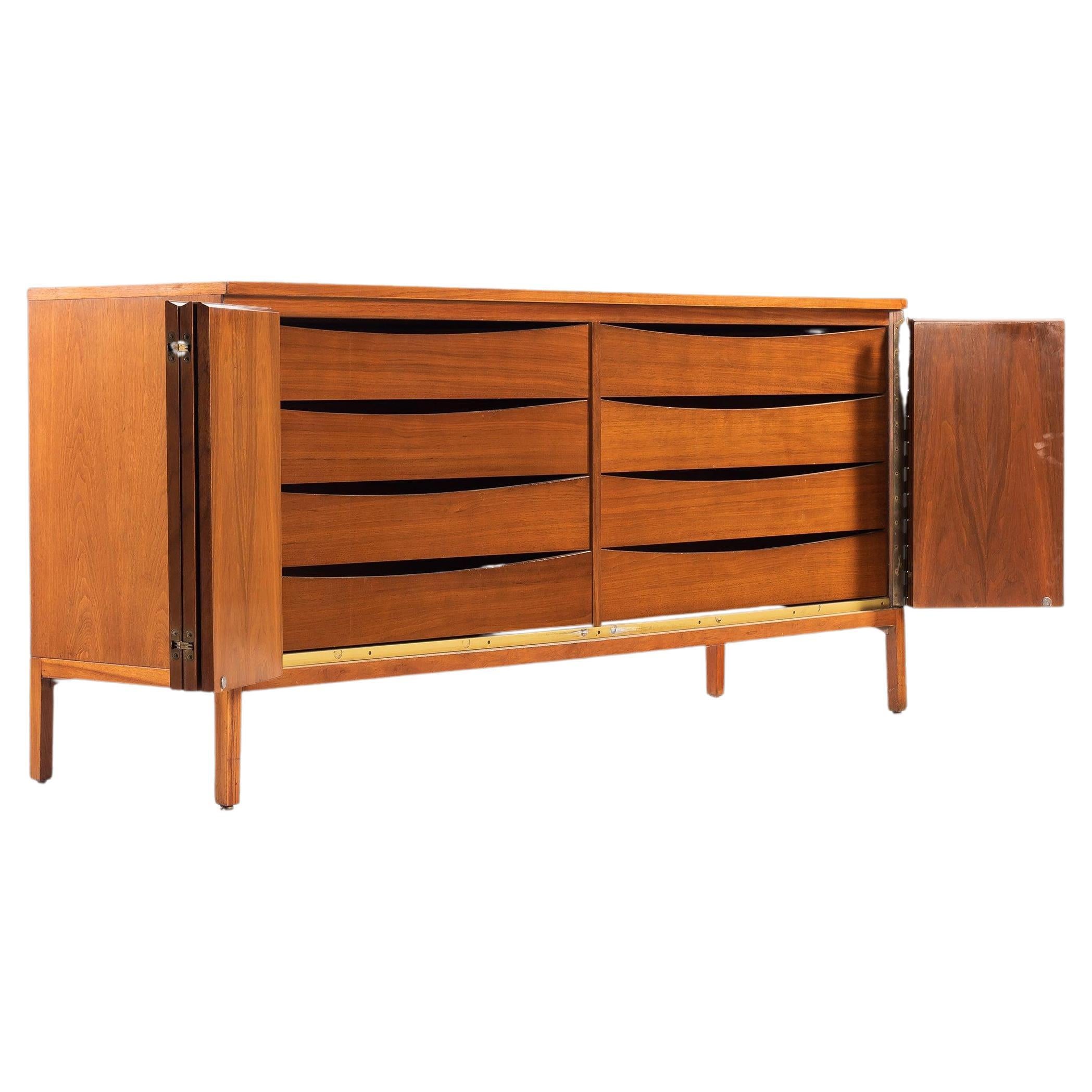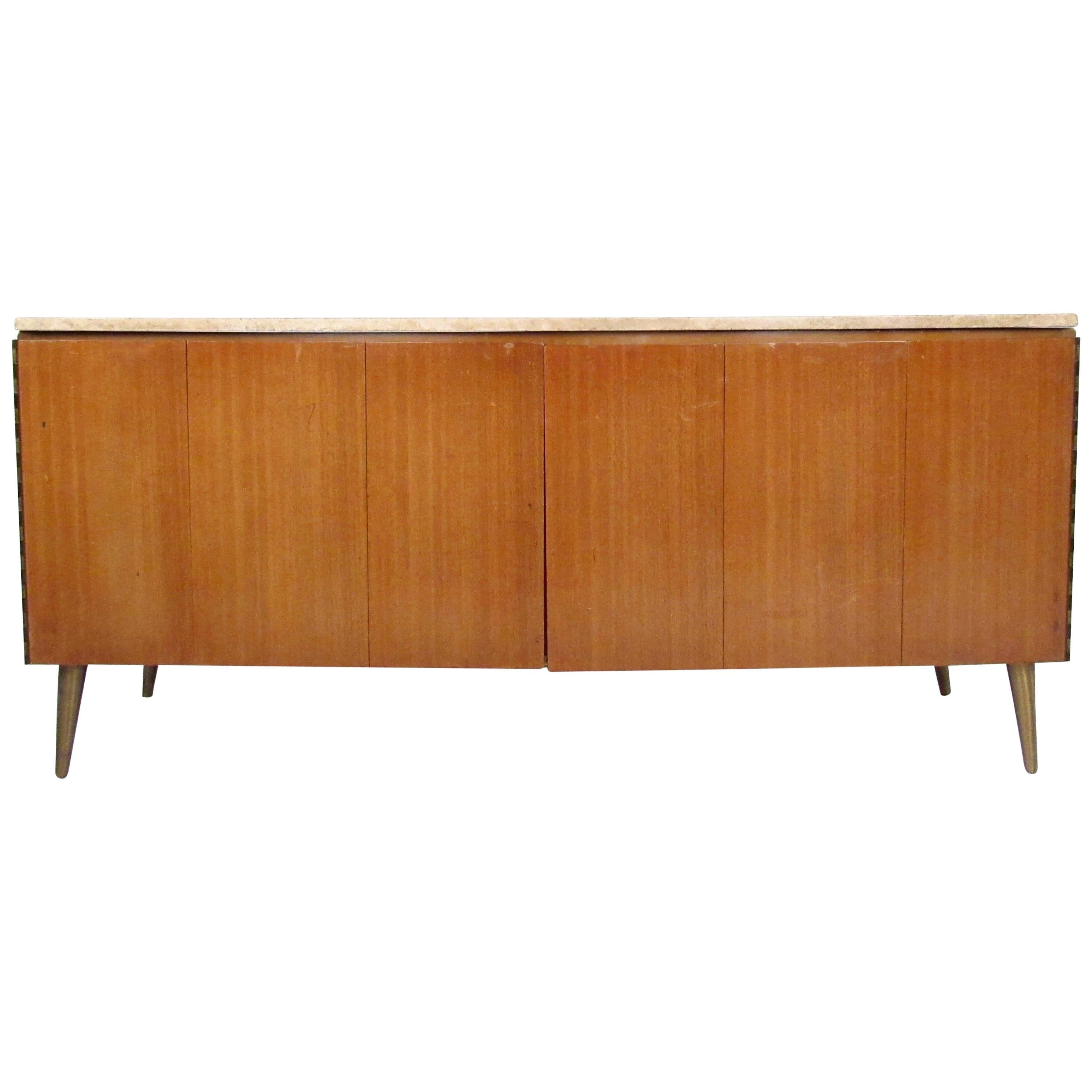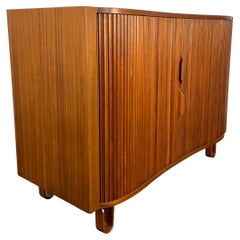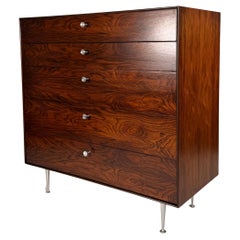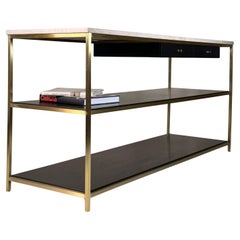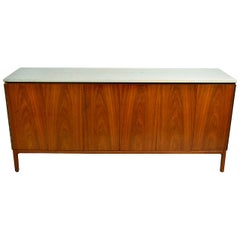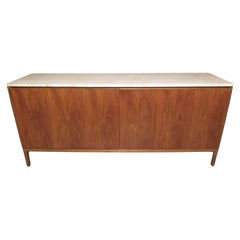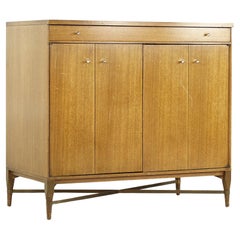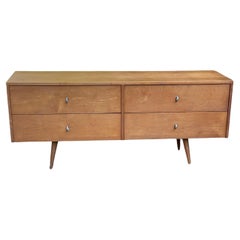Paul McCobb Calvin Group Irwin Collection Dresser with Pink Marble Top
About the Item
- Creator:Paul McCobb (Designer)
- Dimensions:Height: 34.5 in (87.63 cm)Width: 19 in (48.26 cm)Depth: 48 in (121.92 cm)
- Style:Mid-Century Modern (Of the Period)
- Materials and Techniques:
- Place of Origin:
- Period:
- Date of Manufacture:1955
- Condition:Wear consistent with age and use. We have restored the case piece so that there are no gouges, scratches and the drawers slide smoothly.
- Seller Location:San Diego, CA
- Reference Number:1stDibs: LU6417238986222
Paul McCobb
The single aesthetic attribute of vintage Paul McCobb furniture is that the designer completely forsook ornament — his pieces have no flourishes. And yet, because they are honest — McCobb’s chairs, desks and dining tables are made of solid wood, usually maple or birch, often paired with frames and legs of wrought iron; the cabinets are traditionally scaled; the seating pieces have historic antecedents such as the Windsor chair — his mid-century modern work has warmth and presence.
You could call the Massachusetts-born McCobb a man of parts. As a furniture designer, his work combined the attributes of many of his now better-known peers.
Like the work of Bauhaus designers such as Ludwig Mies van der Rohe and Marcel Breuer, McCobb's furniture had purity of form and line. Like the designs of Florence Knoll and George Nelson and his associates, McCobb’s work was efficient and purposeful. And even like George Nakashima, he was adept at interpreting traditional forms, in particular those of chairs, for the 20th century.
More than any other designer besides Russel Wright, with his ubiquitous ceramic tableware, McCobb was arguably responsible for the introduction of modern design into middle-class American households — if for no other reason than that he designed the 1952 set for the original Today show.
McCobb, a repeat recipient of the Good Design Award from the Museum of Modern Art, also designed cohesive lines of furnishings, such as his best-known Planner Group, that gave homes an instant “look.” He designed for several companies, most notably Directional, which was home to McCobb’s Origami chair.
In 1949, in partnership with New York furniture salesman B.G. Mesberg, McCobb set up the Directional Furniture Company, a brand known to vintage mid-century modern furniture collectors everywhere. Directional opened its doors after McCobb created the high-end Directional Modern line of sofas distributed by the New York-based Modernage Company. Directional also produced designs by other legends such as Paul Evans and Vladimir Kagan.
As you can see from the offerings on 1stDibs, McCobb designs are the pin-striped suit, or the little black dress, of a decor: an essential.
Find vintage Paul McCobb credenzas, bookcases, nightstands and other furniture on 1stDibs.
- ShippingRetrieving quote...Shipping from: San Diego, CA
- Return Policy
More From This Seller
View AllVintage 1950s American Mid-Century Modern Dressers
Mahogany
Vintage 1950s American Mid-Century Modern Dressers
Mahogany
Vintage 1950s North American Mid-Century Modern Dressers
Aluminum
Vintage 1950s American Mid-Century Modern Sideboards
Marble, Brass
Vintage 1960s Danish Scandinavian Modern Dressers
Teak
Vintage 1960s Swedish Scandinavian Modern Dressers
Walnut
You May Also Like
Mid-20th Century American Mid-Century Modern Dressers
Marble
Mid-20th Century American Mid-Century Modern Dressers
Stone, Marble, Brass
Vintage 1970s American Mid-Century Modern Credenzas
Brass
Mid-20th Century American Mid-Century Modern Dressers
Maple
Vintage 1960s American Mid-Century Modern Credenzas
Mahogany
Vintage 1950s American Mid-Century Modern Sideboards
Wood
